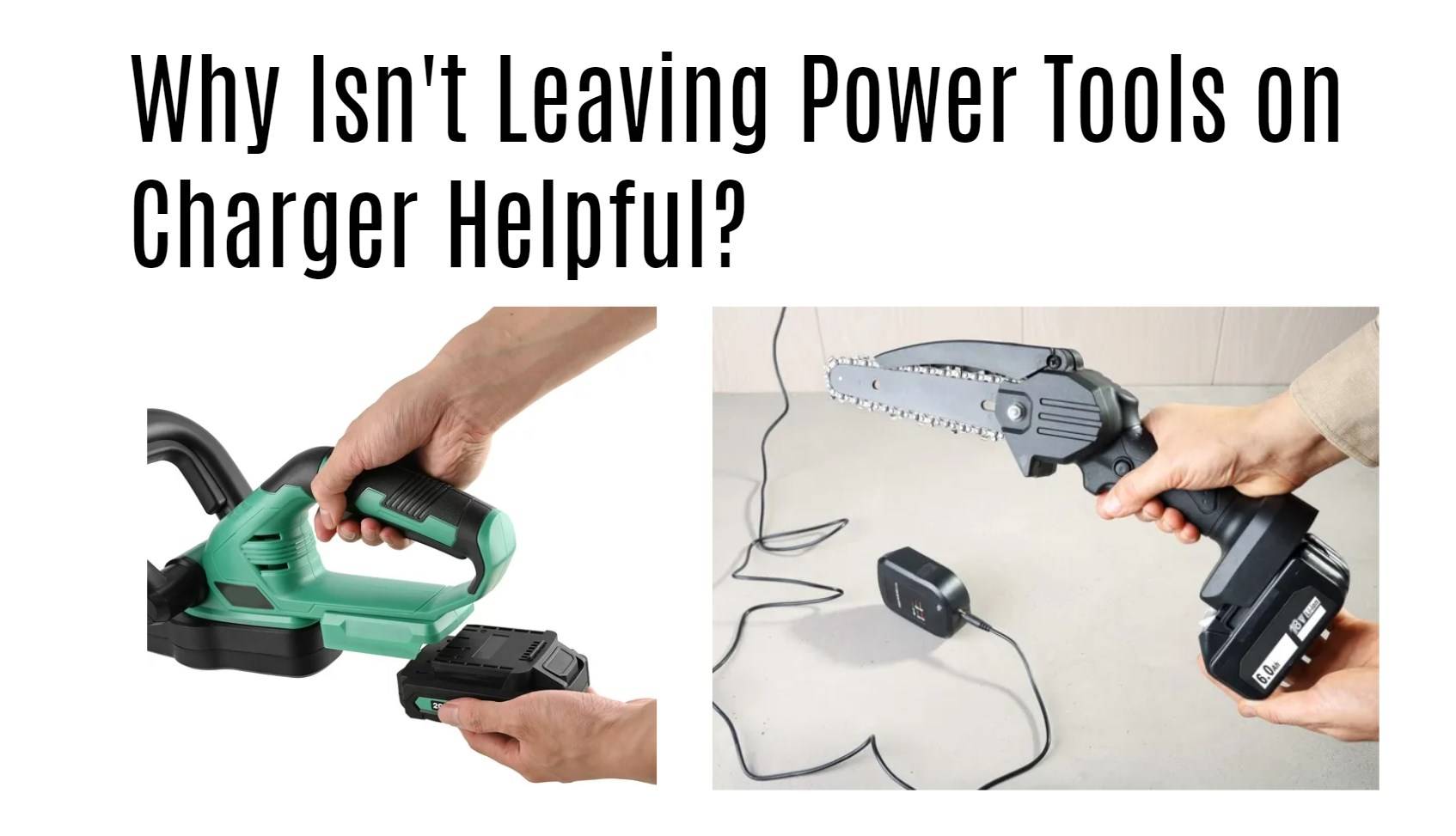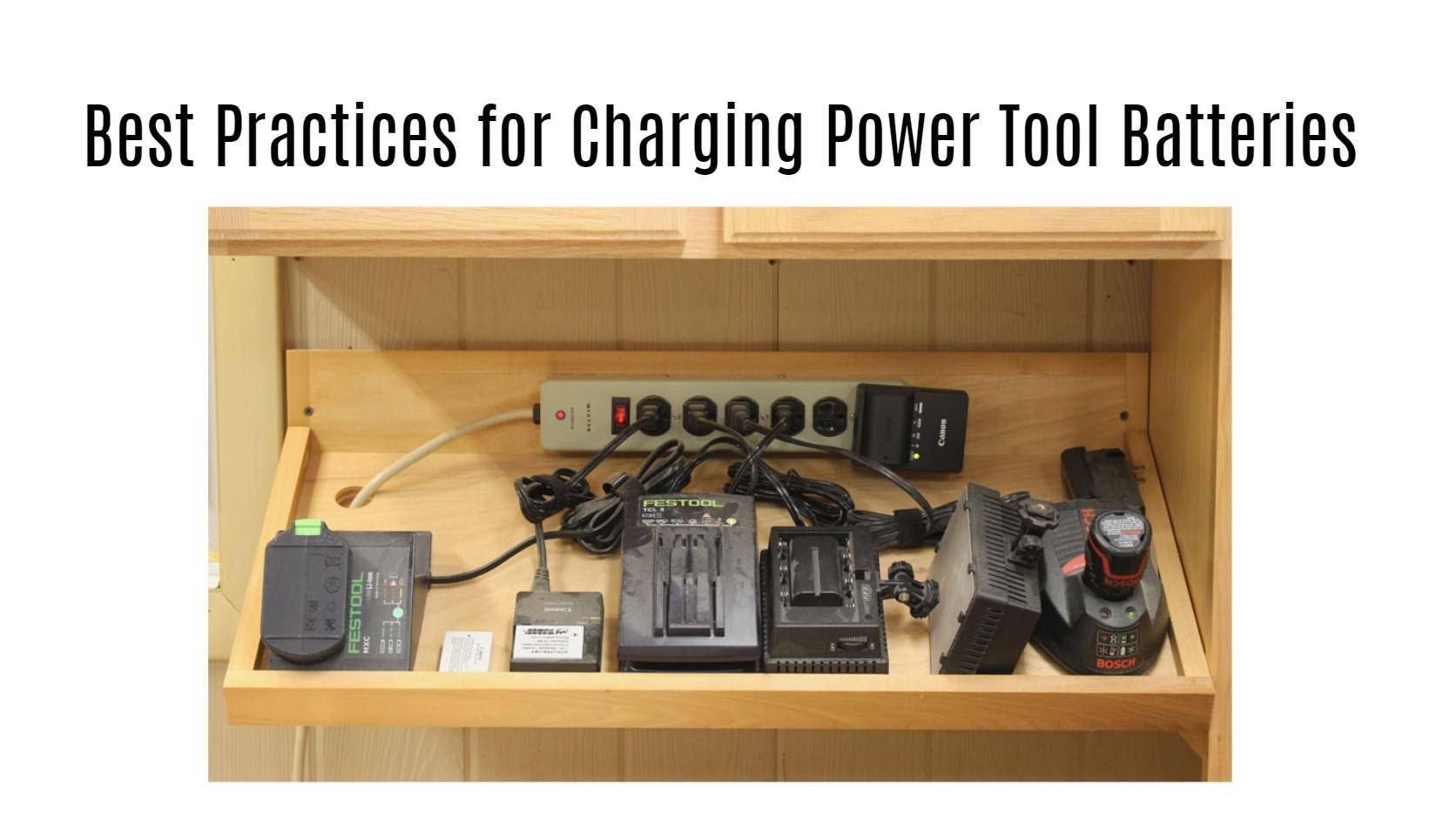- Forklift Lithium Battery
-
48V
- 48V 210Ah
- 48V 300Ah
- 48V 420Ah (949 x 349 x 569 mm)
- 48V 420Ah (950 x 421 x 450 mm)
- 48V 456Ah
- 48V 460Ah (830 x 630 x 590 mm)
- 48V 460Ah (950 x 421 x 450 mm)
- 48V 460Ah (800 x 630 x 600 mm)
- 48V 460Ah (820 x 660 x 470 mm)
- 48V 500Ah
- 48V 560Ah (810 x 630 x 600 mm)
- 48V 560Ah (950 x 592 x 450 mm)
- 48V 600Ah
- 48V 630Ah
-
48V
- Lithium Golf Cart Battery
- 12V Lithium Battery
12V 150Ah Lithium RV Battery
Bluetooth App | BCI Group 31
LiFePO4 Lithium
Discharge Temperature -20°C ~ 65°C
Fast Charger 14.6V 50A
Solar MPPT Charging - 24V Lithium Battery
- 36V Lithium Battery
- 48V Lithium Battery
-
48V LiFePO4 Battery
- 48V 50Ah
- 48V 50Ah (for Golf Carts)
- 48V 60Ah (8D)
- 48V 100Ah (8D)
- 48V 100Ah
- 48V 100Ah (Discharge 100A for Golf Carts)
- 48V 100Ah (Discharge 150A for Golf Carts)
- 48V 100Ah (Discharge 200A for Golf Carts)
- 48V 150Ah (for Golf Carts)
- 48V 160Ah (Discharge 100A for Golf Carts)
- 48V 160Ah (Discharge 160A for Golf Carts)
-
48V LiFePO4 Battery
- 60V Lithium Battery
-
60V LiFePO4 Battery
- 60V 20Ah
- 60V 30Ah
- 60V 50Ah
- 60V 50Ah (Small Size / Side Terminal)
- 60V 100Ah (for Electric Motocycle, Electric Scooter, LSV, AGV)
- 60V 100Ah (for Forklift, AGV, Electric Scooter, Sweeper)
- 60V 150Ah (E-Motocycle / E-Scooter / E-Tricycle / Tour LSV)
- 60V 200Ah (for Forklift, AGV, Electric Scooter, Sweeper)
-
60V LiFePO4 Battery
- 72V~96V Lithium Battery
- Rack-mounted Lithium Battery
- E-Bike Battery
- All-in-One Home-ESS
- Wall-mount Battery ESS
-
Home-ESS Lithium Battery PowerWall
- 24V 100Ah 2.4kWh PW24100-S PowerWall
- 48V 50Ah 2.4kWh PW4850-S PowerWall
- 48V 50Ah 2.56kWh PW5150-S PowerWall
- 48V 100Ah 5.12kWh PW51100-F PowerWall (IP65)
- 48V 100Ah 5.12kWh PW51100-S PowerWall
- 48V 100Ah 5.12kWh PW51100-H PowerWall
- 48V 200Ah 10kWh PW51200-H PowerWall
- 48V 300Ah 15kWh PW51300-H PowerWall
PowerWall 51.2V 100Ah LiFePO4 Lithium Battery
Highly popular in Asia and Eastern Europe.
CE Certification | Home-ESS -
Home-ESS Lithium Battery PowerWall
- Portable Power Stations
Why Isn’t Leaving Power Tools on Charger Helpful?

Leaving power tools plugged into their chargers for extended periods may seem convenient, but it can lead to several issues that negatively impact battery performance and lifespan. Understanding the effects of this practice is crucial for maintaining your tools and ensuring they operate efficiently.
What happens when power tools are left on the charger?
When power tools are left on the charger after reaching full charge, several things can occur:
- Overcharging: Many chargers have built-in mechanisms to prevent overcharging, but not all do. Continuous charging can lead to overheating.
- Battery Management System (BMS) Activation: In some cases, a BMS may engage to protect the battery, but this can reduce overall efficiency.
- Decreased Capacity: Over time, leaving batteries on charge can lead to capacity loss, meaning they won’t hold a charge as effectively.
| Condition | Effect on Battery |
|---|---|
| Overcharging | Potential overheating and damage |
| BMS Activation | Reduced efficiency in charging cycles |
| Continuous Charging | Decreased overall capacity |
How does overcharging affect battery performance and lifespan?
Overcharging can significantly impact both performance and lifespan:
- Heat Generation: Excessive heat from overcharging can cause internal damage to the battery cells, leading to reduced efficiency.
- Sulfation in Lead-Acid Batteries: For lead-acid batteries, prolonged charging can result in sulfation, where lead sulfate crystals form and hinder performance.
- Lithium-Ion Battery Damage: In lithium-ion batteries, overcharging can lead to thermal runaway, a condition that may cause swelling or even fires.
Understanding these risks highlights why it’s crucial to avoid leaving power tools plugged in unnecessarily.
| Battery Type | Overcharging Effects |
|---|---|
| Lead-Acid | Sulfation, reduced capacity |
| Lithium-Ion | Thermal runaway, swelling |
What are the risks associated with leaving power tools plugged in?
Leaving power tools plugged in poses several risks:
- Fire Hazard: Overheating batteries can ignite or explode if left unattended.
- Reduced Lifespan: Continuous charging cycles without discharge can shorten the overall lifespan of batteries.
- Increased Maintenance Costs: Frequent replacements due to damage or decreased capacity lead to higher costs over time.
Awareness of these risks encourages users to adopt better charging habits.
How can proper charging practices extend battery life?
To extend the life of your power tool batteries:
- Charge Only When Needed: Avoid leaving batteries on chargers overnight or for extended periods after reaching full charge.
- Use Smart Chargers: Invest in chargers with built-in protection features that prevent overcharging and optimize charging cycles.
- Follow Manufacturer Guidelines: Adhere to specific charging instructions provided by manufacturers for optimal performance.
Implementing these practices will help maintain battery health and efficiency.
| Charging Practice | Benefit |
|---|---|
| Charge Only When Needed | Prevents overcharging |
| Use Smart Chargers | Enhances safety and efficiency |
| Follow Guidelines | Ensures optimal performance |
Why is it important to use the right charger for power tools?
Using the correct charger is vital because:
- Compatibility: Chargers designed specifically for certain battery types ensure that voltage and current levels match perfectly, preventing damage.
- Safety Features: Proper chargers often include safety features that protect against overcharging and overheating.
- Efficiency: Using the right charger optimizes charging times and extends battery life by managing charge cycles effectively.
This emphasizes the importance of investing in quality chargers tailored for your specific power tools.
Industrial News
Recent advancements in battery technology have led to improved designs that enhance safety features against overcharging and overheating. Manufacturers are increasingly focusing on smart charging solutions that automatically adjust current flow based on real-time data from connected devices. These innovations aim to improve user experience while extending battery life across various applications, including power tools.
Redway Power Insight
“Understanding how to manage your power tool batteries properly is essential for maximizing their lifespan,” states an expert at Redway Power. “By avoiding unnecessary charging and using appropriate chargers, users can significantly enhance their tool’s reliability and performance.”
FAQ Section
- Is it safe to leave my power tool plugged in overnight?
- It’s not recommended as it may lead to overcharging or overheating.
- How often should I charge my power tool batteries?
- Charge them after each use or when they reach a low charge level; avoid deep discharges.
This comprehensive guide provides essential insights into why leaving power tools on chargers is not advisable, emphasizing safe practices that enhance battery longevity and performance.
FAQs
Can I leave my power tools on the charger overnight?
Leaving power tools on the charger overnight is not recommended, especially if using a charger without intelligent charging capabilities. This practice can lead to overcharging and reduce battery lifespan.
How do I know if my charger is an intelligent charger?
Intelligent chargers typically have indicators showing the charging status and automatically stop charging once the battery is full. Check the product specifications for features like “automatic cut-off” or “smart charging.”
What are the signs of overcharged batteries in power tools?
Signs of overcharging include:
- Swelling or deformation of the battery casing.
- Excessive heat during or after charging.
- Reduced battery capacity or shorter usage times between charges.
Can I use a high-quality charger with a cheap power tool?
Yes, using a high-quality charger can benefit even cheap power tools by ensuring proper charging and extending battery life.
How often should I charge my power tool batteries?
Charge your batteries as needed to maintain their performance. Avoid frequent full discharges and recharge before the battery is completely drained to prolong its life.














